This topic walks you through all aspects of test-cycle execution.
On the Cycles view, select a test cycle, then click Run. Or you can click the Key or Name links. All roads lead to the Test Player.
 |
Click the image to enlarge it.
Note
These options allow you to begin testing or continue testing.
In the Test Player, you can update the status and start the test-execution timer.
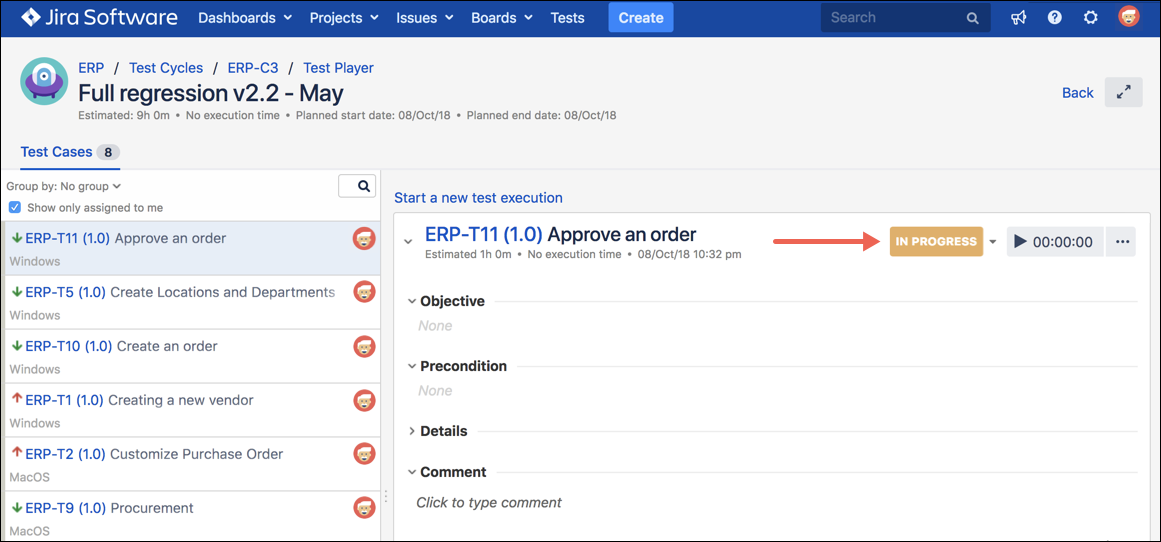 |
Click the image to enlarge it.
Tip
You can also enter testing time manually by clicking the ellipses button, entering the hours and minutes (hh:mm), and clicking Save.
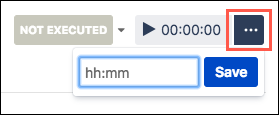
Time summaries appear at both the test-cycle level as well as at the test-case level.
 |
Click the image to enlarge it.
Complete testing for each test case, and set the result for each test step by clicking the Pass, Fail, or Blocked icons.
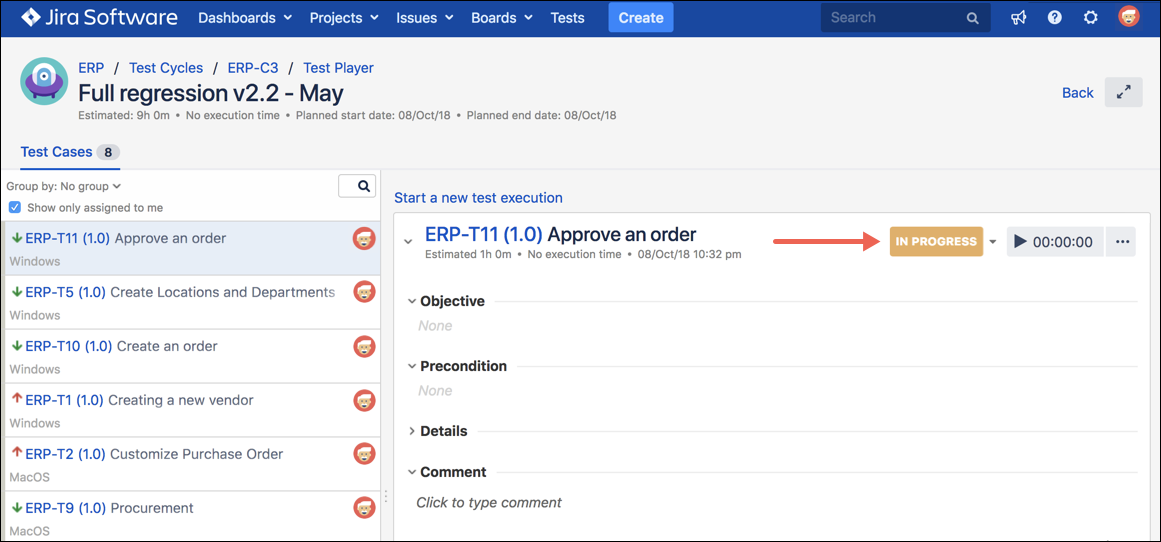 |
Click the image to enlarge it.
If necessary, you can update the results of any remaining steps in bulk. Simply click the cog icon, then select your desired result from the Set All Below To section.
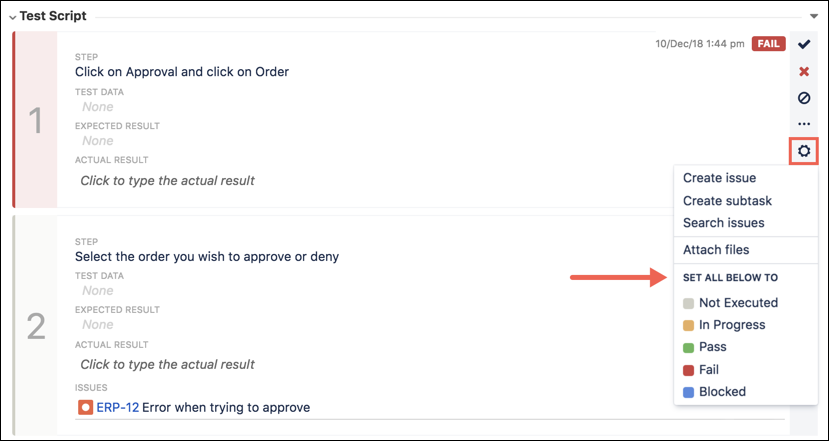 |
Click the image to enlarge it.
You can create a new or link an existing defect to a test case or to a test step.
At the test-case level, use one of the following two options in the Issues section.
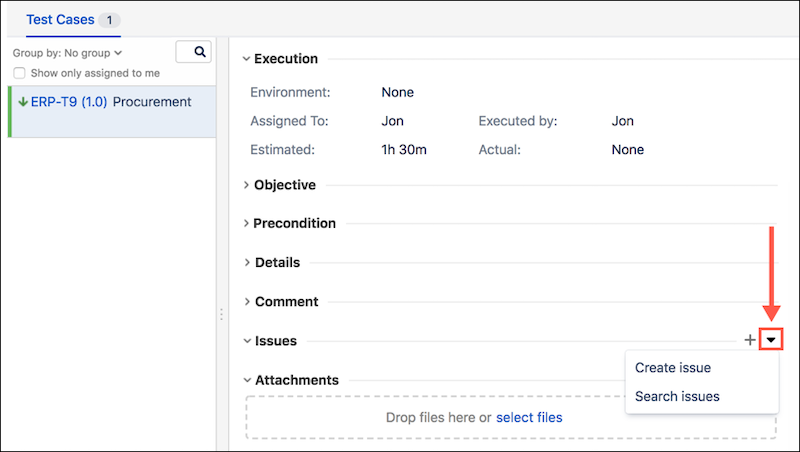 |
Click the image to enlarge it.
At the test-step level, you can create a new or link an existing defect to any test step by clicking the cog icon, then selecting Create Issue or Search Issues.
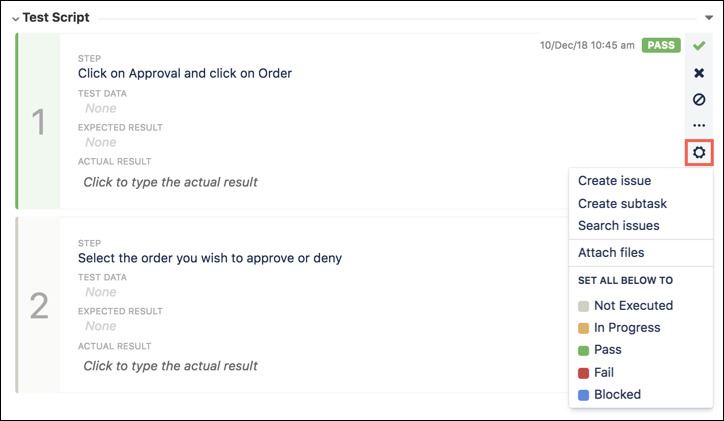 |
Click the image to enlarge it.
If you click Create Issue, fill out your desired fields on the Create Issue screen, then click Create to link the new issue to the test step.
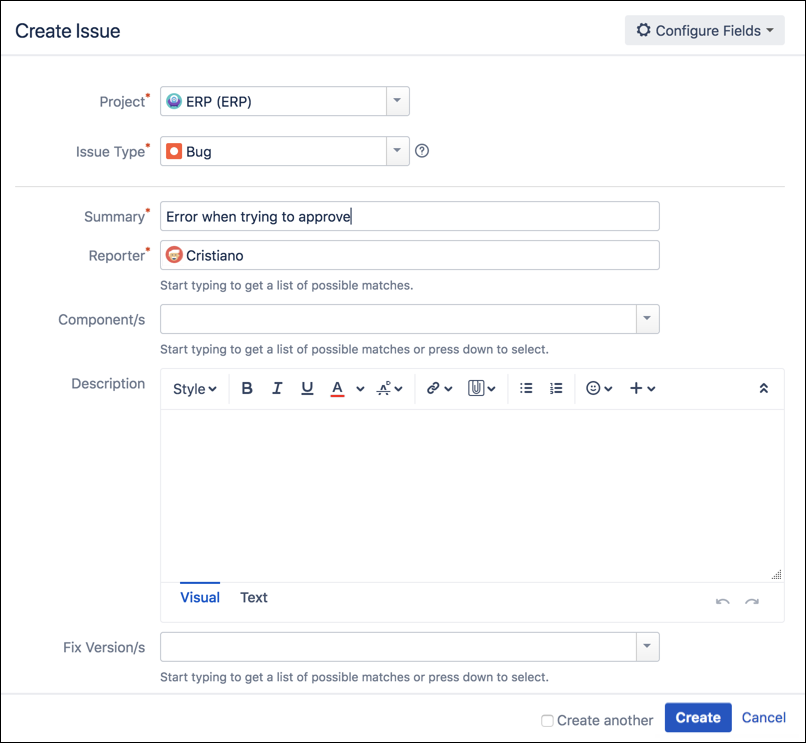 |
Click the image to enlarge it.
You can see the linked defect in both the test-case list and the step.
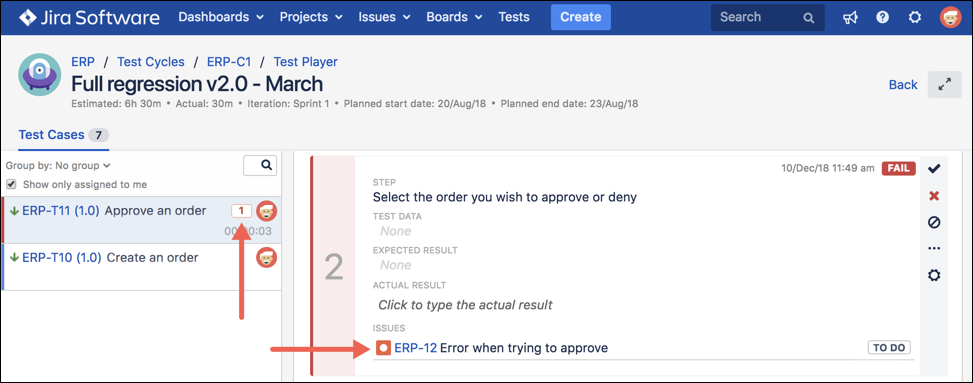 |
Click the image to enlarge it.
Links also appear on the defect in the Impacted Test Executions section.
 |
Click the image to enlarge it.
You can attach files to a step in three ways.
Click Insert Image in the Actual Result section.
This attaches the actual image to the step rather than the file (which requires a click to open and view).
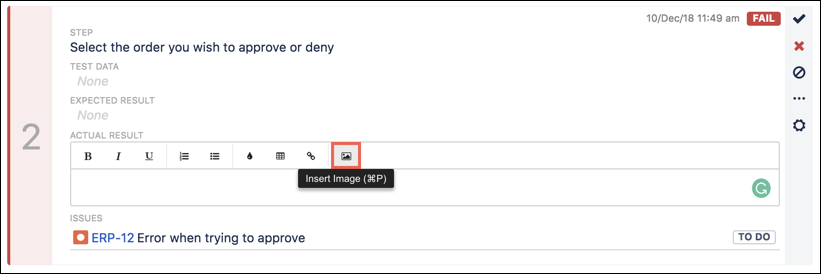
Click the image to enlarge it.
Click the cog icon to attach files to the step.
Drag-and-drop an image file onto the test step.
You can remove an image file by hovering over it and clicking Delete.
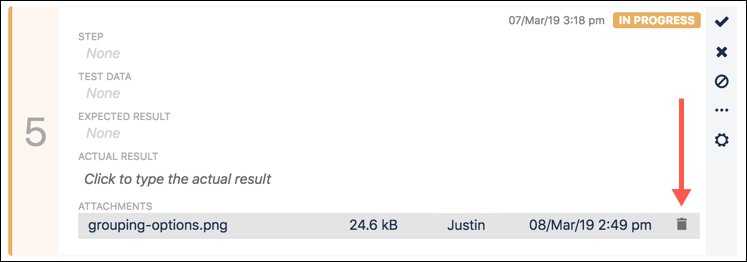 |
Click the image to enlarge it.
From the Cycles view, you can track execution stats, such as progress, effort, issues raised, etc. See the Column Options section of Working with Test Cycles for more information on customising your view.
 |
Click the image to enlarge it.
If a defect has been created and attached to a step in a test cycle, you can hover over the issue link to view a link to the defect. (Note that to view defect links, you must have Issues selected as one of your columns options.)
Just hover over the issue link:

And a link to the defect appears in a tooltip.
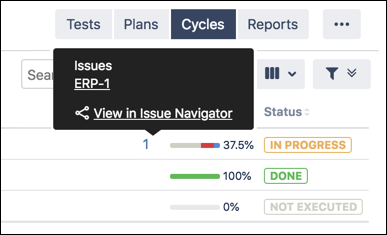
When the time comes to reuse a test cycle and rerun the test cases, click Start a New Test Execution. This archives the previous test data and allows you to start testing from scratch.
 |
Click the image to enlarge it.
Scroll to the bottom of the Test Player screen to view archived test cycles. The most recent tests appear at the top of the list.
Click > to expand and view the archived test data.
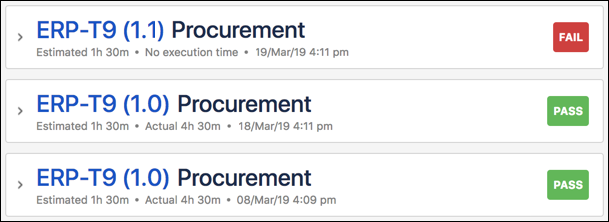 |
Click the image to enlarge it.
When you’ve executed a test case and clicked Start a new test execution, the current execution will be saved below. To delete a previous test execution, all you have to do is click the trash icon next to the execution. Remember, this action can’t be undone.
